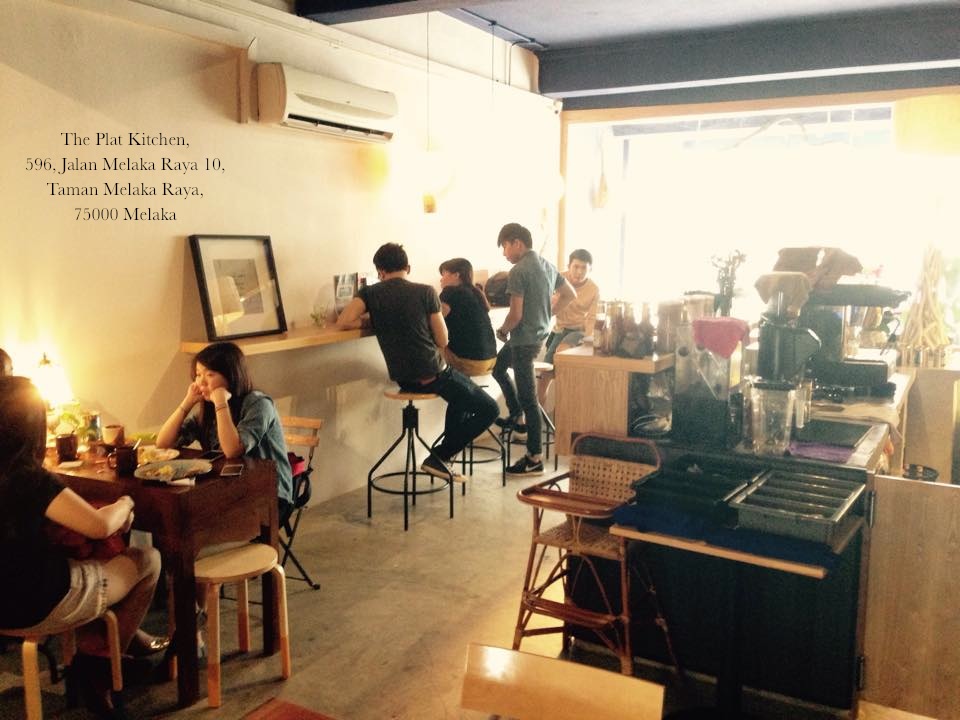Fellow blogger TongkooiOng of www.tongkooiong.com blogs about the recent Budget effect on the property market.
FRIDAY, 25 OCTOBER 2013
As I mentioned in last week’s article, I expected the property sector to be hammered. Complaints of rising prices and affordability triggered by more foreign buying and the need to address social inclusion has resulted in very severe measures just announced in the budget.
The removal of DIBS (interest paid by the developer during the construction phrase) has removed a major “warrant” price for new launches. By just paying a small deposit, say 10%, buyers were free from any subsequent payments until completion, some 2 to 4 years away.
While raising the RPGT for everyone has the effect of reducing speculation, the perpetual and higher RPGT on foreign buyers will take a heavy toll on demand too. This is especially so when it is also combined with raising the minimum price for foreign buyers to RM1 million from RM500,000 previously.
There are many properties priced to sell at just above the RM500,000 threshold. These are small units, like the SOHO and small apartments, ranging in size of between 500 and 1,000 sf and priced at around RM700 to RM1,000 psf. This was the fast moving market segment.
We know the prices of new launches are at about a 10% to 20% premium to a comparable property in the secondary market. And new launches sell quickly in comparison too.
The new measures will change the game. The “warrant” premium is substantially gone. As such, we expect in the short-term, transaction volume will fall substantially. Prices will fall too, perhaps by as much as 10% to 20%.
On the overall budget, the Government is expecting its deficit to fall to 3.5% of GDP. I believe the operating expenditure is under-budgeted. Emoluments are expected to rise by just over 3%. We have not seen such a small increment in recent years. Also, subsidies are forecasted to fall by some 20% or over RM7 billion. What subsidies will be cut, besides sugar?
It is most likely that we will see supplementary budgets in the months ahead.
The budget is contractionary overall. This is positive for the long-term. The announced 6% GST from 2015 is also in the right direction, especially since it is accompanied by reduction in personal and corporate tax rates.
The splattering of small handouts, I suppose, is populist to gain the support of the poorer communities and a way to offset rising cost of living.
I expect the stockmarket to be adversely affected but the Ringgit will take the news positively… with some skepticism.








































